It’s been almost a year and half since I started my blog. Initially I had no idea how many people would read it. Since according to some study an average blog gets 7 unique visitors a day, I figured if I get 10 a day I would be doing well. While this blog has certainly exceeded that expectation, the fact remains that it is merely a small project, comprising mostly of notes for myself and observations I have gathered along the way.
During this time, however, the online blogosphere has blossomed. When I first started, only four of the links on the blog existed — Babelcarp, Cha Dao, La Galette de The, and the LJ Puerh Community. The rest, as far as I am aware, were still in gestation. Now any visit to any of these sites will bring you to even more blogs and journals out there, composed by dedicated tea drinkers like you and me. Just keeping up the reading would mean visiting a dozen or so blogs every week, at least.
Visiting these blogs in quick succession, one will get the impression that much of the online blogosphere for tea is devoted to reviewing teas. In fact, many blogs do basically nothing but review teas. Is what we’re doing merely tea reviews, tea reviews, and more tea reviews? Is there a value for this, or is it mostly old news, uninteresting because of the relative lack of experience on the bloggers’ part in drinking tea compared to some grand tea masters out there? After all, my sister has likened the reading of my blog to reading knitting patterns for people who don’t knit — it’s really rather boring stuff. Why bother?
I think what’s beneath the surface of the blogs is what makes some of us come back, day after day, blogging about the rather mundane topic of “what tea we drank today” or “what we found”. It is the exchange of information, the interaction, and the joy in knowing that somebody else is interested in the same thing with the same keen interest that you do that keeps us interested in maintaining our respective blogs. I believe this is partly because of an acute lack of a culture of gongfu tea drinking in much of the blogging community’s own locale. Whereas when I was in Beijing there was always a ready-made group of tea drinkers who can share my interest in person, going out to a tea store or a teahouse to share a cup of our favourite beverage, in much of the English-speaking community, from which most of the online bloggers are drawn, oftentimes the only person who drinks tea seriously whom the blogger knows is the blogger him/herself. What the blogs, and the exchanges that take place both on and off sites, serve are the same needs that a tea drinker in China wants from a visit to a teahouse or teashop — an interaction with somebody else who is passionate about tea. (French blogs, curiously, have a very high “comment” rate unmatched in the English community — I’ve always wondered why)
Online interactions also turn into real life interactions. The LA Tea Drinkers were formed, I think, from exchanges online and now meet regularly in person for drinking sessions. There’s an active group of drinkers in New York centered around the Tea Gallery, and though they do not blog, by an large (except Toki, from time to time), others from other blogs or websites have found them through the internet. For a little while, a few of us in the Boston area tried our best to get together to drink some tea. The same has happened in the UK, and is going on in Hungary soon. Drinkers in Asia are luckier, but even then, on forums such as Sanzui, a large section is devoted to tea drinkers from various cities trying to organize tea tastings, sometimes on a weekly basis. In Beijing, for example, there’s a dedicated group of them who get together every so often, trying everything from white to black teas. All of these groupings consist of people who, by and large, would never have met in real life were it not for their love of tea — and their online activities which revealed themselves to each other.
These groupings remain small, however, and even in China, there are many cities where one sees users post something along the lines of “I’m the only person I know in the city who really likes tea — anybody else???” with nary a reply. The internet in general, and personal blogs in particular, become our outlet for the need for such exchanges. When we review the same tea, or teas of similar genre, or even drinking something random, we’re exchanging views in what is sort of a constant tea meeting. Photos and videos enhance that experience, but at the end of the day, I think it is the exchange of information and views that constitute the raison d’etre of the blogs out there. I, for one, have met many new friends both online and offline through my writing, and now I can count at least a dozen places where I have gotten to know new tea friends because one day in 2006, I decided to start keeping my tea notes online in a blog format. I’m sure I will only meet more in the future.
I think nobody is claiming any of this information in the blogs to be necessarily new, accurate, or thought provoking in and of themselves; however mundane and knitting pattern-like, they serve a purpose that is only possible thanks to the democratisation of the internet experience — as an ongoing virtual tea gathering of like minded individuals, each sharing their little slice of knowledge learned while drinking this marvelous beverage.

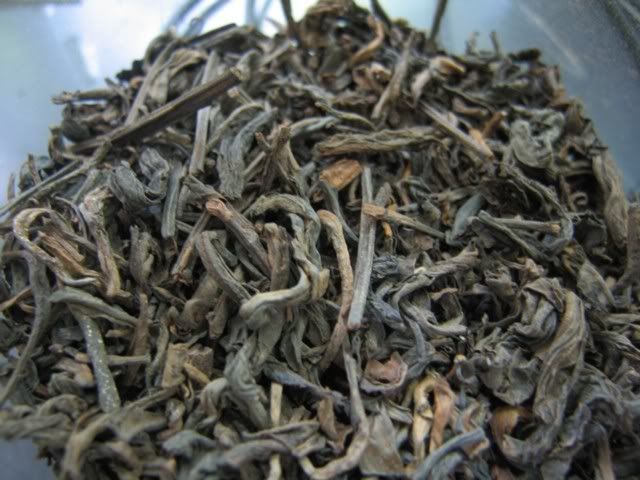
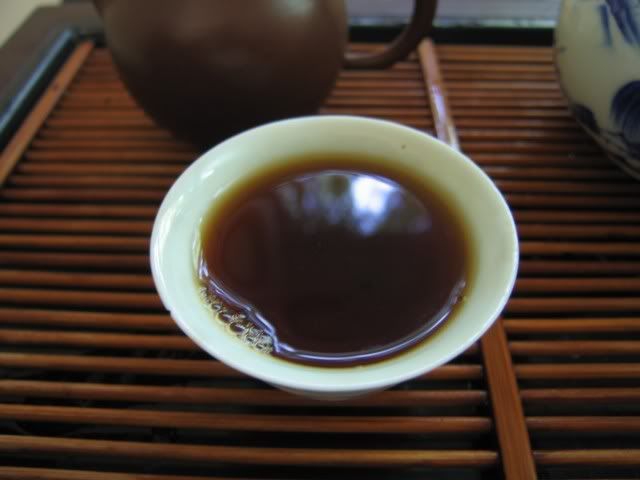
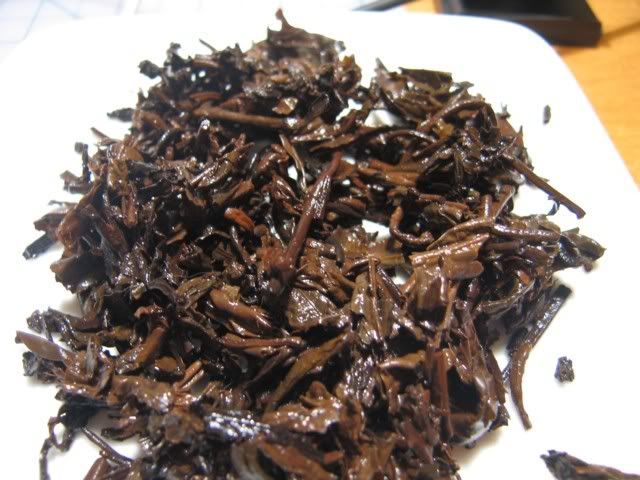
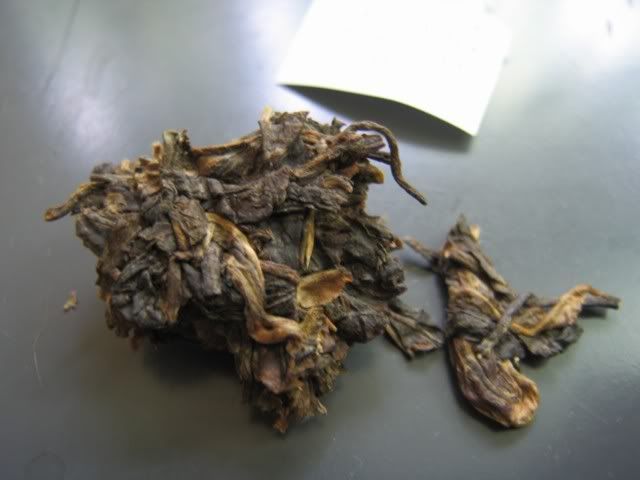
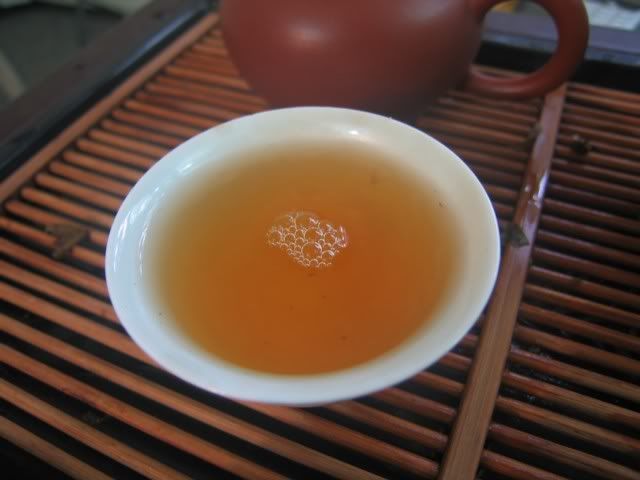
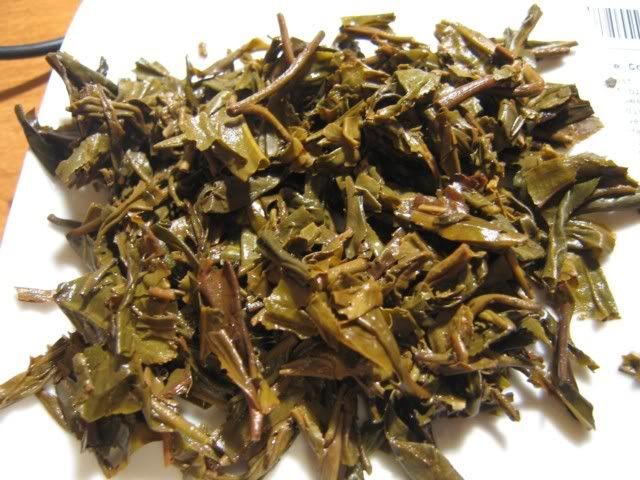

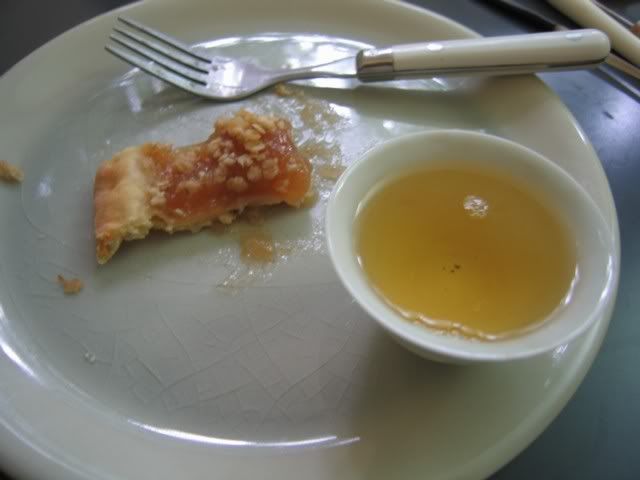
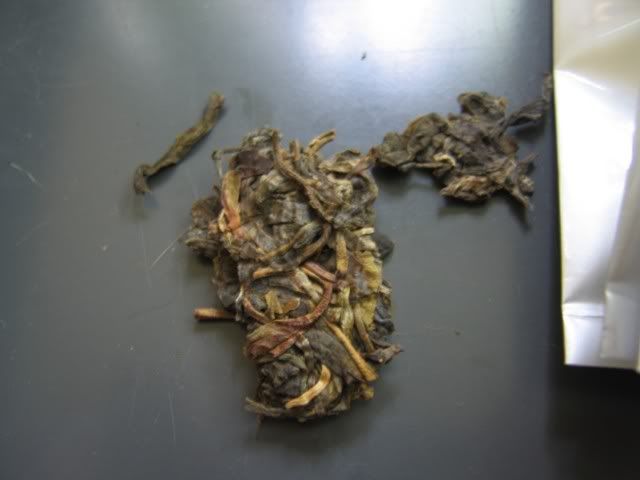
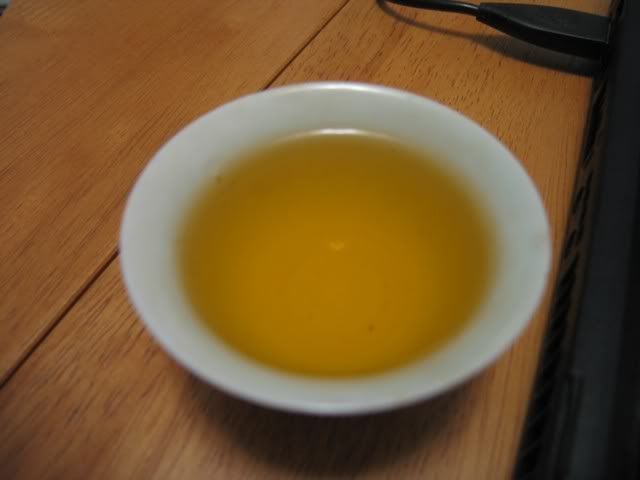
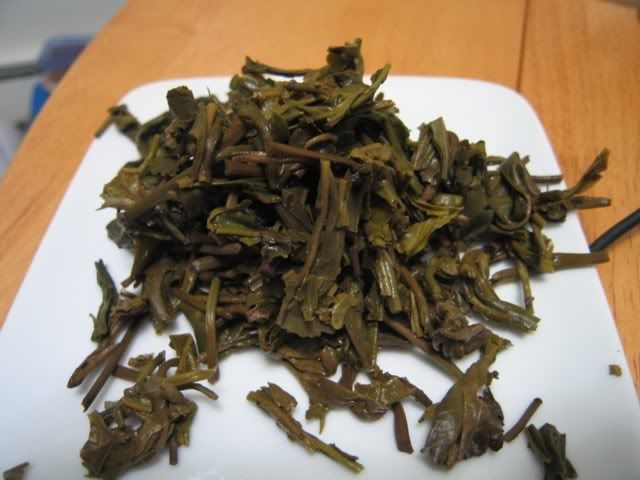
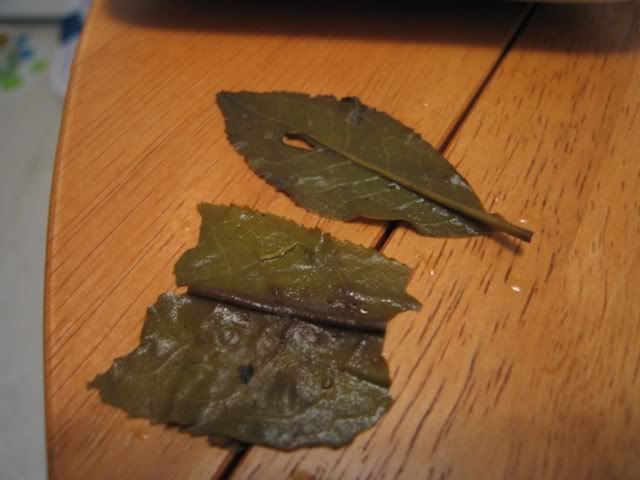

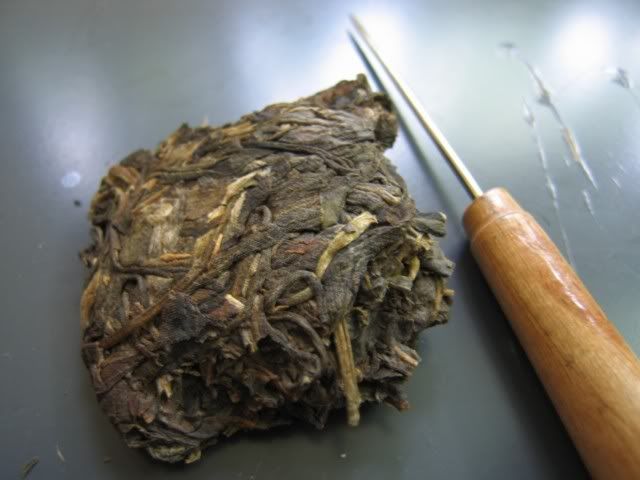
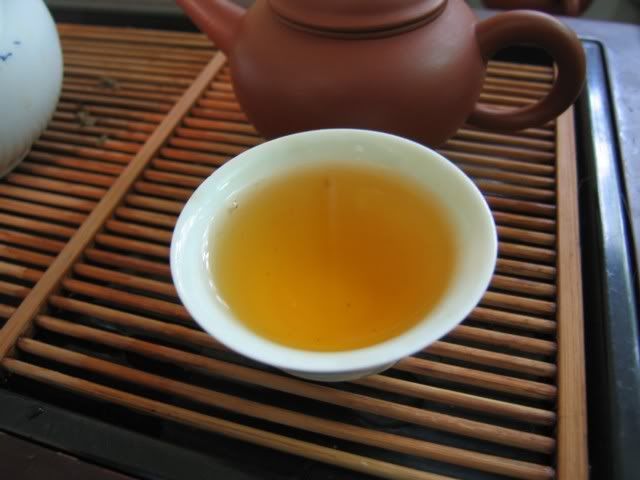
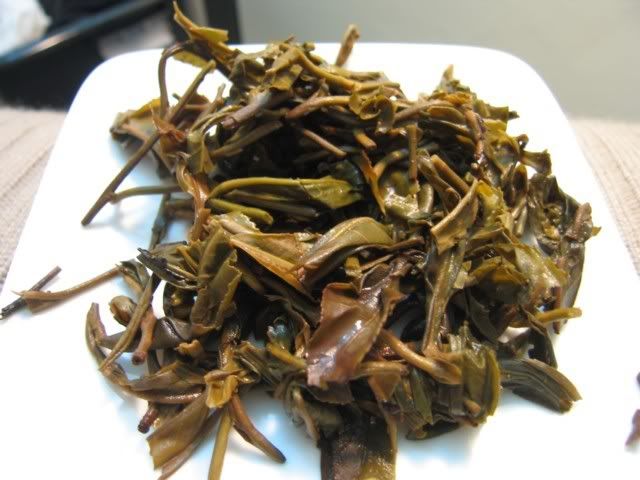

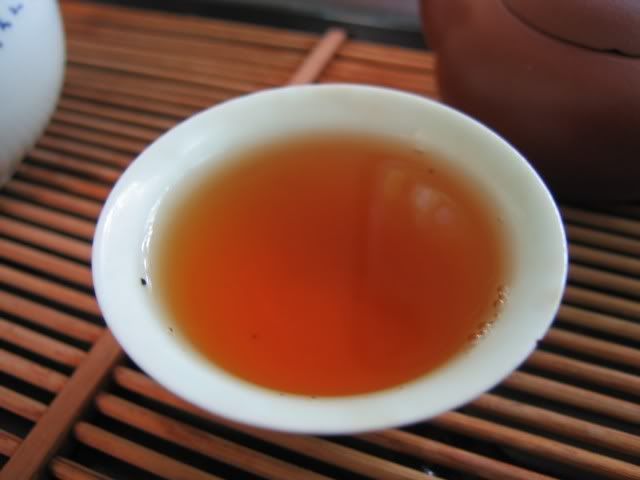

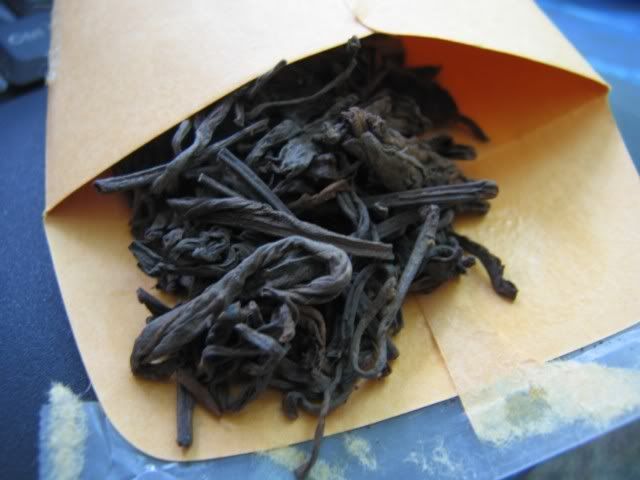
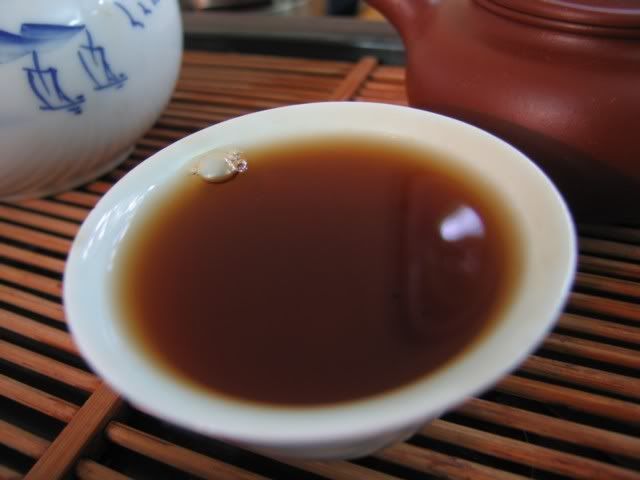
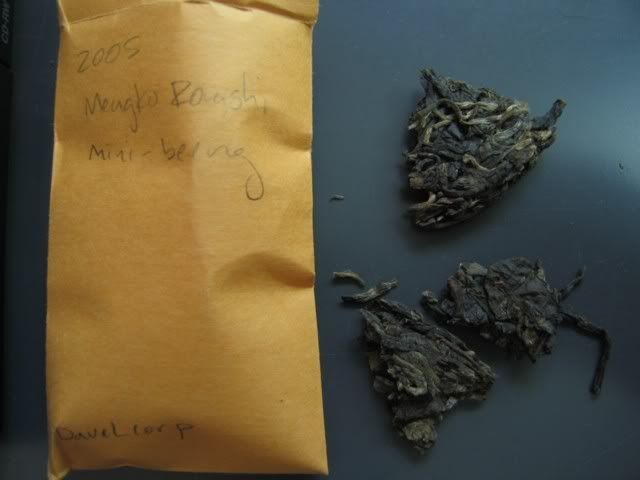
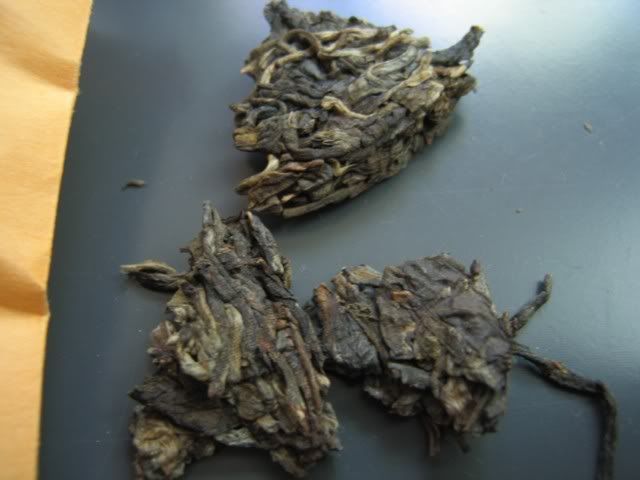
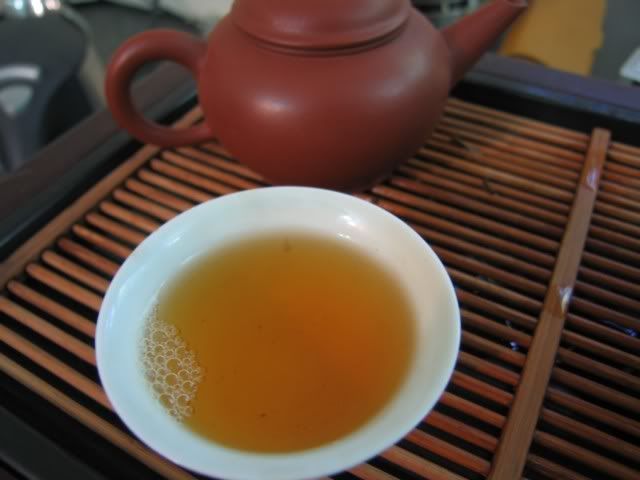

 RSS - Posts
RSS - Posts
I took you at your suggestion and have been reading some of your old post-Covid posts. I haven’t been to…